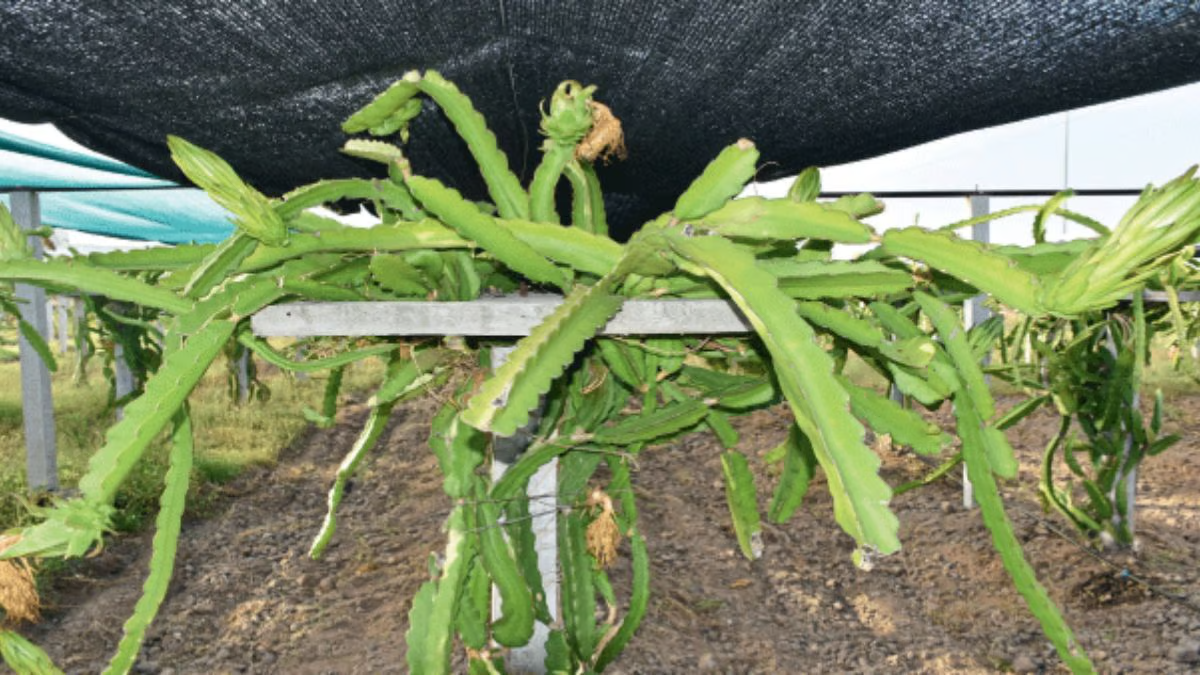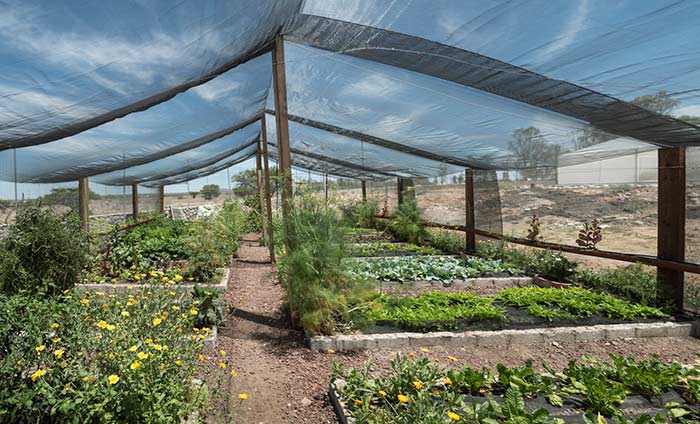Overcoming Common Agriculture Challenges with UV Treated Shade Nets
In the realm of agriculture, where every crop is a valuable asset, farmers face numerous challenges ranging from extreme weather conditions to pest invasions. Fortunately, advancements in technology have introduced innovative solutions to mitigate these challenges. One such solution gaining traction in the agricultural community is UV treated shade net. In this comprehensive guide, we delve into how UV treated shade nets are revolutionizing agriculture, addressing common challenges, and providing sustainable solutions.
Introduction to UV Treated Green Shade Nets
UV treated Green nets are specially designed protective coverings made from high-quality materials to shield crops from harmful ultraviolet (UV) rays, regulate temperature, and manage light exposure. These nets offer a versatile solution suitable for various agricultural settings, including open fields, greenhouses, and nurseries. By creating an optimal microclimate, UV treated shade nets foster healthier crop growth and enhance overall yield.
Lifespan and Quality
A key consideration for any agricultural investment is durability. UV treated shade nets have gained renown for their exceptional longevity, with a typical lifespan ranging from 3 to 5 years, depending on usage and environmental factors. The quality of these shade nets is unparalleled, crafted from UV-stabilized polyethylene materials that withstand prolonged exposure to sunlight and adverse weather conditions. Farmers can rest assured knowing that their crops are protected by a reliable and durable solution.
Material Composition
Predominantly composed of high-density polyethylene (HDPE), a robust and lightweight material renowned for its UV-resistant properties, UV treated shade nets stand out. HDPE ensures that the shade nets maintain their structural integrity and UV protection capabilities over extended periods. Additionally, the knitted construction of the nets facilitates airflow and prevents heat buildup, creating a conducive environment for crop cultivation.
Can UV Treated Shade Nets Stop Rain?
While UV treated shade nets provide exceptional protection against UV rays and regulate temperature, they are not designed to stop rain entirely. Instead, these shade nets offer partial coverage, allowing rainwater to permeate through while shielding crops from excessive sunlight and heat. Farmers can strategically install the shade nets to optimize rainwater distribution and minimize waterlogging, ensuring optimal growing conditions for their crops.
UV Protection and Sunlight Regulation
One of the primary benefits of UV treated shade nets is their ability to provide effective UV protection. These shade nets filter out harmful UV rays, preventing sunburn and heat stress in crops. It is allowing sufficient light penetration for photosynthesis. As a result, crops thrive under the protective canopy of UV treated shade nets, exhibiting healthier growth and improved resilience to environmental stressors.



